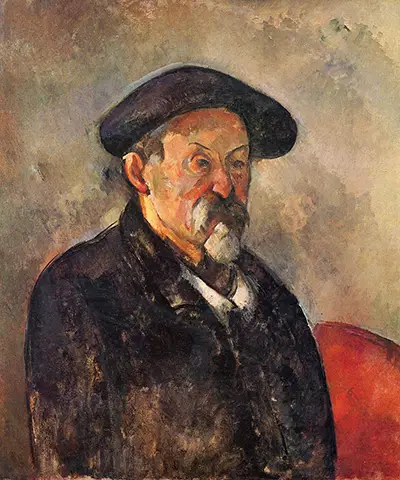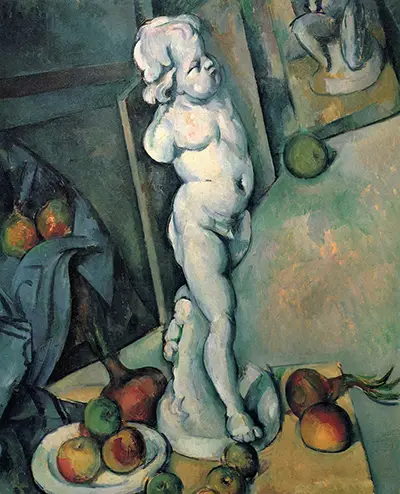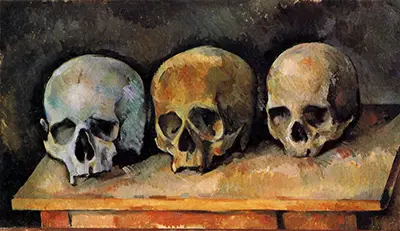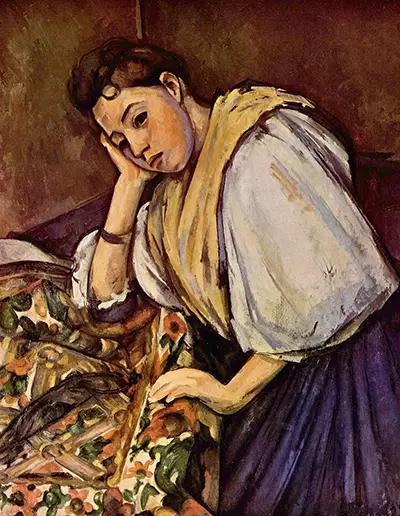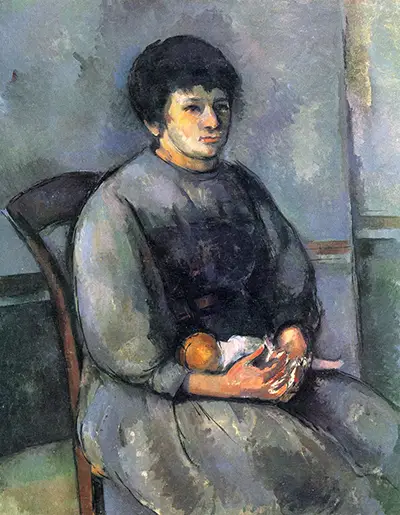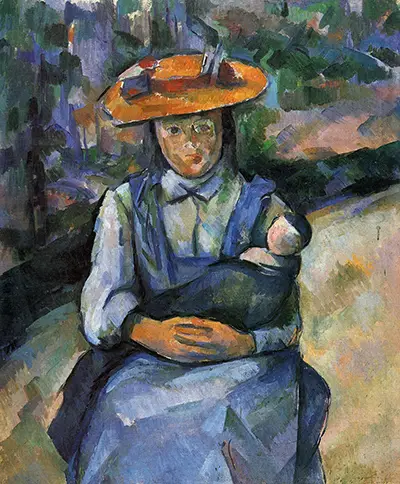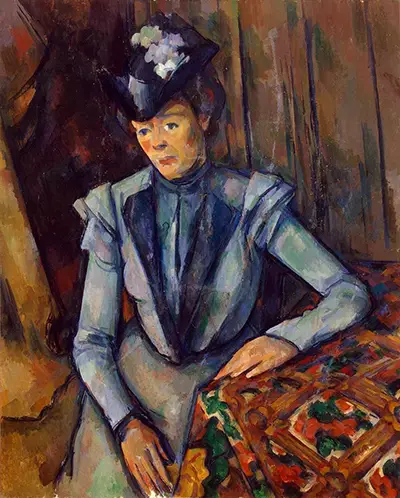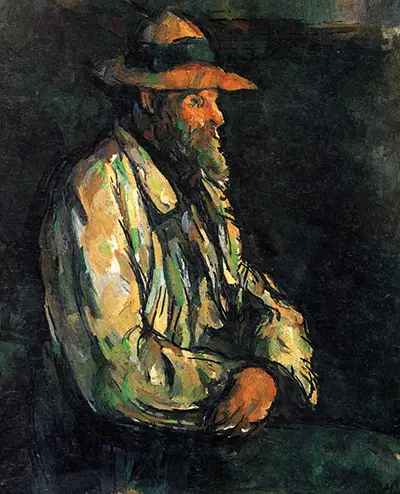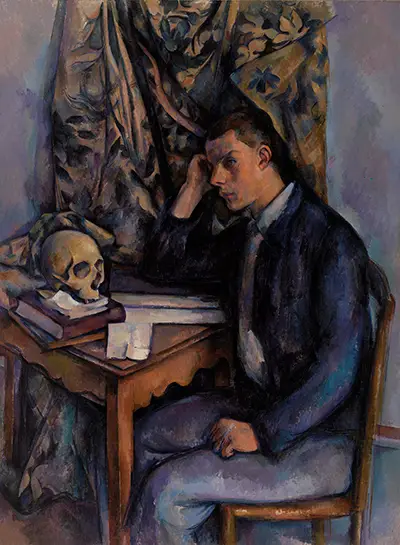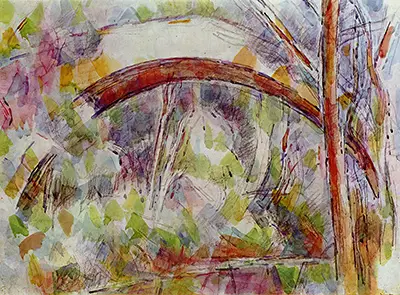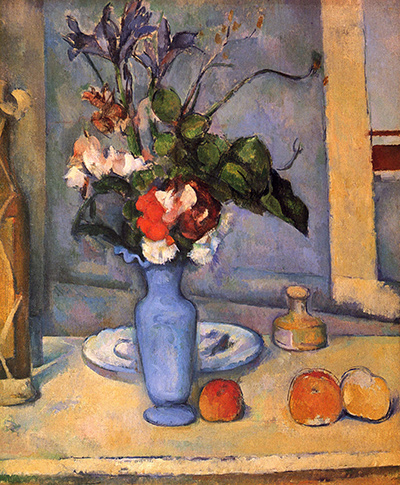 Buy Art Prints Now
Buy Art Prints Nowfrom Amazon
* As an Amazon Associate, and partner with Google Adsense and Ezoic, I earn from qualifying purchases.
The paintings of Paul Cezanne were just as breathtaking as they were influential on others and in this section we outline some of the artist's finest artworks and also discuss his artistic techniques, styles and influences.
Cezanne's career left a legacy which impacted so many future artists - his influence cannot be overstated. This section features some of the highlights from his career and summarises some of the common themes in his work - from still life works, to portraits of his wife and finishing with landscape paintings of the French countryside. An obvious comparison can be made between his landscape paintings and those of the impressionists whose careers had preceded Cezanne's. The likes of Monet enticed the artist into this genre through their own achievements several generations earlier. Following the path of art history, he would take what had gone before and append his own ideas and techniques in order to create something unique, before the next generation would take things on once more.
The still life paintings created by Cezanne were an attempt to practice and fine tune his technical skills. There was also an element of experimentation as Monet had sought in his series of Haystacks. The influence of this expressionist artist can be found in elements of Cubism plus several other new art movements which began in the early to mid 20th century. A further aspect to Cezanne's success was an ability to produce an atmosphere within his artwork, communicating a strong feeling of France to the viewer. The artist had several very strong genres within his career, and alongside still life works, there were also a large number of portraits and self portraits as well as some stunning depictions of his local French region. His style was also a clever combination of new and old, almost combining Impressionism of the 19th century with abstract movements of the 20th century. This helped Cezanne to become known as the artist for the artists, such was the respect that other creatives held for him.
The artist was known to be shy, particularly in his early years, and this perhaps caused some of the abrupt responses that he gave other members of the Impressionist movement in its early years. He was certainly not everyone's cup of tea, and his whole life was dogged with upheaval and periods of reclusion. We can see elements of his changing personality within the style of his paintings, which were initially dark in tone before brightening up for an extended period. He was probably at his happiest during a spell living in Provence, and this was when his brightest palette appeared, whilst working alongside the highly respected landscape artist, Camille Pissarro. He looked up to Pissarro more than perhaps any other artist in his career and appeared to be able to keep a good friendship going with him for many years. Whilst Cezanne did display his work in some of the early Impressionist exhibitions, he was uneasy with being too involved in a group which could potentially stunt his own stylistic choices.
He would ultimately leave behind a legacy that can be seen in the work of others as much as his own. He bridged traditional and modern art, and was seen by many as the only true master. He encouraged 20th century painters to consider all angles of an object, and find ways to display different views at the same time, which ultimately led to the workings of the Cubist painters of France and Spain. He also provided an alternative to the main sphere of the Impressionist movement, giving an extra option to the next generation of painters. Ultimately, his tweaking of reality would bring about the fracturing of form that would be taken on and developed further, giving us the ultimate forms of abstraction that were the end result of this long process that had begun way before Cezanne, and are probably still progressing onwards today. It is for reasons such as these that he remains a key element to most discussions around the modern art movements and also why so many artists across different movements have pinpointed him as a major influence on their work.
The Artistic Techniques of Paul Cezanne
Cezanne saw his paintings as something that was to be constructed. He would slowly put each item together one by one, in a similar way to how the Pointilist artists would work. Cezanne would analyse what he was looking at and deliver that onto the canvas, which differed somewhat from the Impressionist ideals. He was very much his own man and would give each part of the canvas a relatively equal status and he sought to build up each area, with the final piece then providing an overall appearance of every item together. Many working like this would produce fragmented work, but somehow Cezanne was able to work this way and still deliver a consistent, fluid look throughout the painting. There are clear elements to this approach that helped bring about Cubism, with some of the elements within his work being considered from several different angles, rather than just the one from which the artist was initially looking.
In some ways, it was as if Cezanne had turned his back on the principles of self expression found within the Impressionist movement, but despite that, his work was still original, accurate and also highly respected by fellow artists. Perhaps his technique of focusing on each element one at a time helped him to deliver impressive accuracy, and he seemed to achieve a style that was somehow both traditional and also modern. Many 20th century artists appreciated and found inspiration from his work, taking elements of his approach and adding their own to create new movements, some of which were particularly prominent across the European art scene. The period between around the mid-19th century to around a century later was amongst the most important within European history, in terms of the speed at which changes came about.
The Painting Style used by Paul Cezanne
This was an artist who did not arrive at his signature style right away, but actually went through different periods of his career, developing as he went. His earliest pieces were actually remarkably dark in both appearance and mood. His work across the 1860s came during his twenties and so we should not be too surprised that he was still seeking a direction at this stage. The influence of Courbet would lead to a heavy use of the palette knife, but perhaps the dark tones of his paintings was more to do with his personality, with many who met him during this period remarking on his shyness and abrupt character. There many also have been influence from his environment, just as with the example of Van Gogh, who worked in dark tones in Northern Europe, before relocating to the south of France and changing his palette completely. Cezanne was in Paris in much of the 1860s, perhaps longing for an escape to the calming countryside.
The following decade, the 1870s, were the point at which Cezanne worked most closely with the styles of Impressionism, frequently creating landscape paintings alongside his friend, Camille Pissarro, of whom he was entirely impressed. It is no surprise then that Cezanne would now start to brighten his palette considerably and began moving closer towards the eventual style for which most now remember him. Commercially, he was still a long way from success, though, and was just attempting to survive at this stage, just as with many of the Impressionists with whom he exhibited alongside. His private life was also turbulent during this decade, with his father growing increasingly unhappy with some of his life decisions. the 1880s brought about a much greater calm, with Cezanne now settled in Provence. The artist married and also was now financially secure. Sadly, from around 1890 onwards, his tranquility would be lost, with financial and health problems returning, leading to great upheaval in both his private and professional life.
Influences upon the Artist
Paul Cezanne was very knowledgeable on French art from the 18th and 19th century, at which point it was perhaps leading the rest of Europe. Some of the key movements from it would be the Romanticists as well as the Barbizon School. Although quite different in style, he appreciated a learnt alot from both of these, taking elements of them into his own work. Following on from these was, of course, the Impressionist movement, from which Cezanne took a lot, even though he purposely avoided certain characteristics with which they have been linked. The Impressionist movement itself was also home to a selection of artists who did not all share the same approach, as such, and many members were more comfortable working on the fringes of the group rather than being entirely committed to their agreed direction. In terms of specific artists, he would look to Edouard Manet specifically, with the rest of his claimed influences being earlier artists such as Eugene Delacroix, Theodore Gericault and Gustave Courbet.
Landscape art had not been particularly common, nor respected by academics, until around the 17th century. Before then it was seen as something that could support other content, such as an outdoor portrait, for example. It was the likes of Frenchman, Claude Lorrain, who changed all this. He specialised in this genre and encouraged many who followed on shortly afterwards, including British Romanticist painters such as Turner and Constable. All of this would then lay the groundwork for the likes of Cezanne to follow on later, comfortable in finding a market for his work in the French countryside. He found a calmness in the content and the environment, and it would become one of his favourite genres. Still life art, by contrast, was seen from an earlier period, but has always been regarded as something of a niche genre, certainly not enjoying the popularity of portraiture or religious art. Cezanne helped to bring its qualities to the attention of the French public once more, breathing new life into this technically challenging discipline.
Artists Influenced by the Paul Cezanne Paintings
The advancements of Paul Cezanne would eventually lead to the fracturing of form in the early 20th century, where reality would be ignored and elements of paintings would enter a new world created by the artist. The Cubists would actually take some of Cezanne's content and then break things up into different shards of form, which they believed was just an extension of what he had already been doing. They saw him as the father of their approaches, and his still life work with fruit, for example, can be found countless times in the careers of artists like Gris, Braque and also during Picasso's own Cubist period. He may not have intended to do so, but he undeniably influenced 20th century art in a major way, and also did so whilst achieving considerable backing from his fellow artists. It is one thing to have respect from the public or academics, but the approval of your own colleagues is perhaps the one thing that would mean so much to any artist of any style or artistic period.
We do know that Picasso, specifically, was particularly complementary about Cezanne's work and would sometimes refer to him as the true master of art. Many others from around that period were also highly supportive of his achievements, with many continually describing him as a genius. Some of his followers included notable names such as Edgar Degas, Pierre-Auguste Renoir, Paul Gauguin, Kasimir Malevich, Paul Klee and Henri Matisse. Those names then went on to have careers that themselves have inspired the next generations of artists, and so the cycle continues. The artist remains a household name in part due to some of the extraordinary prices that his paintings continue to receive at auction, though this is slightly impacted by the large number of works that he produced across his career. That said, most have now been snapped up by public collections of major art galleries and museums, making such sales today fairly rare.



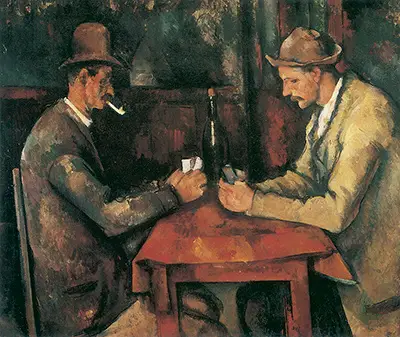
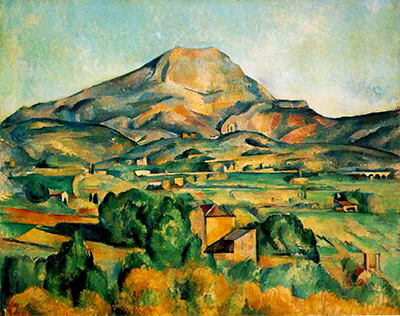
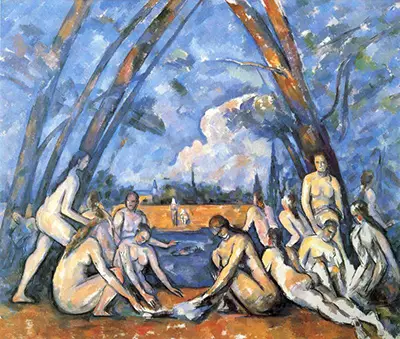
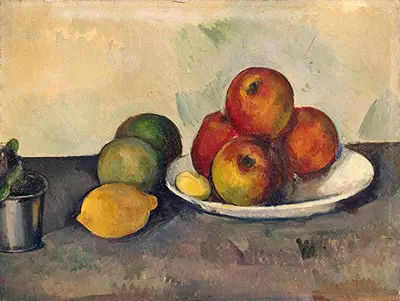
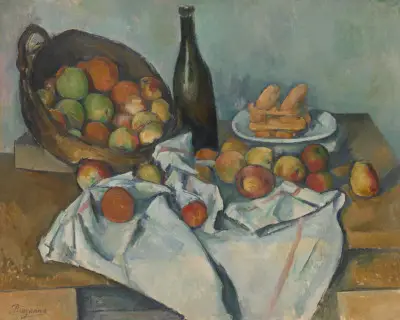

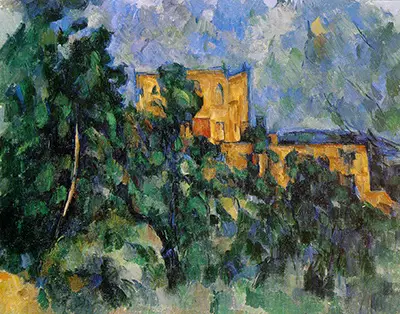
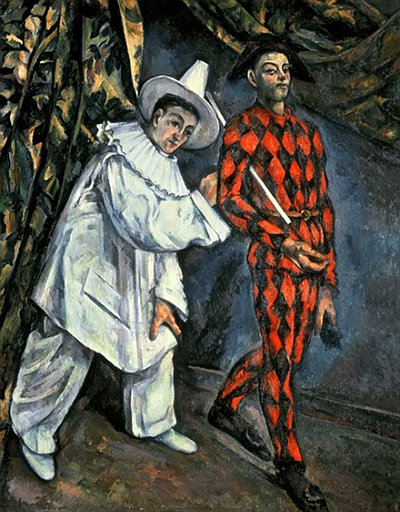
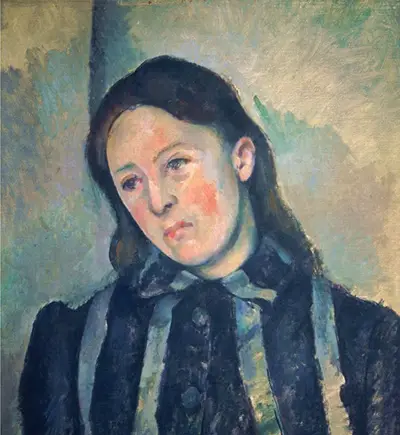
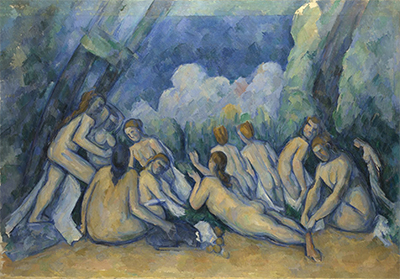
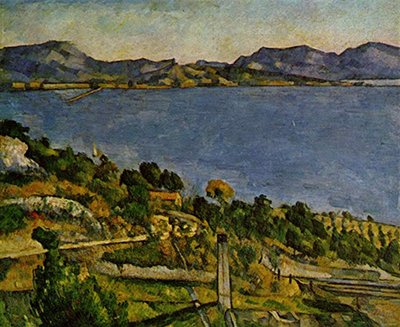
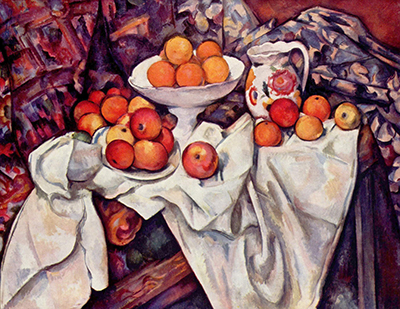
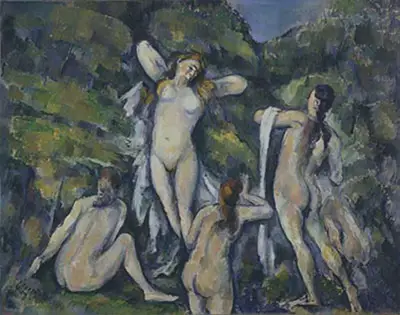
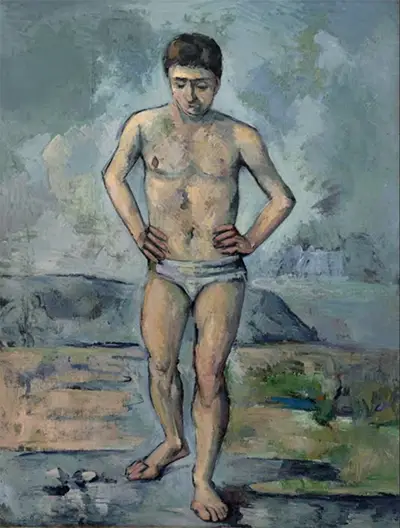
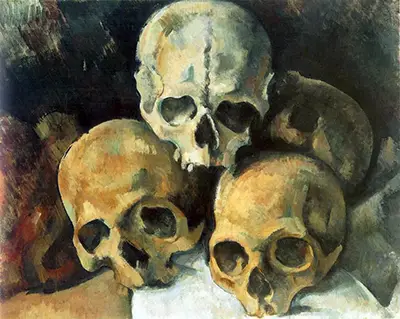
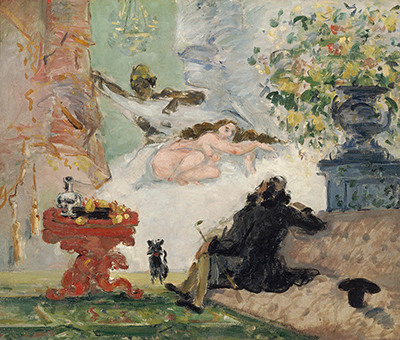
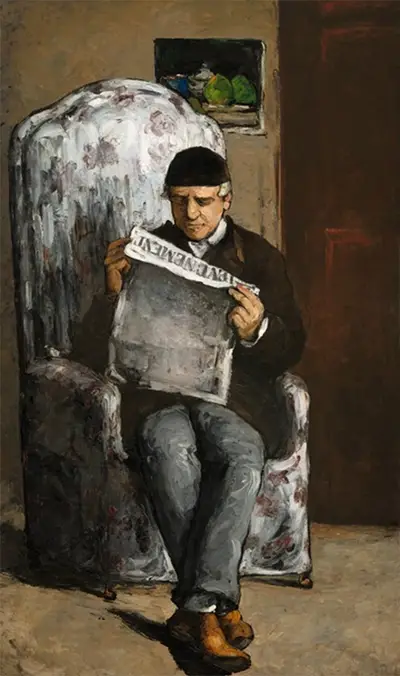
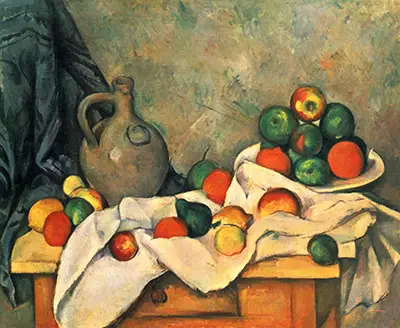
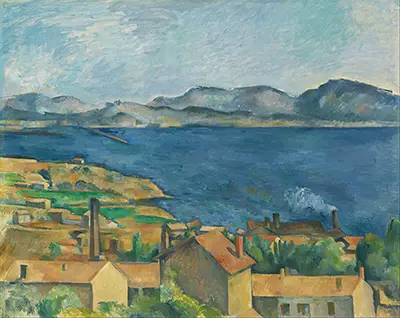
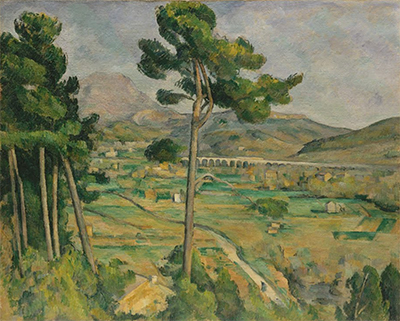
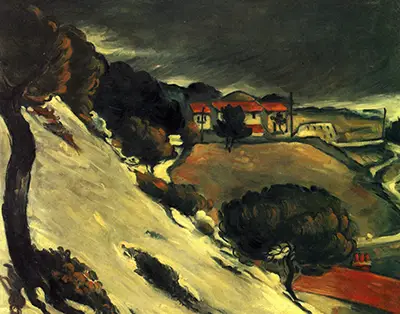
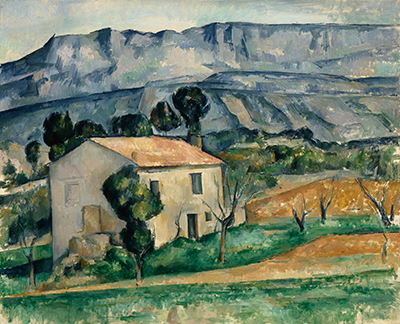
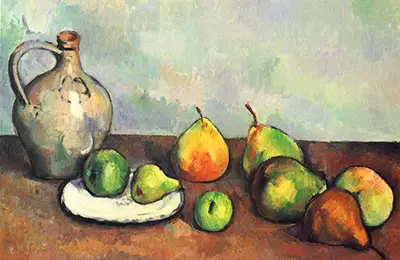
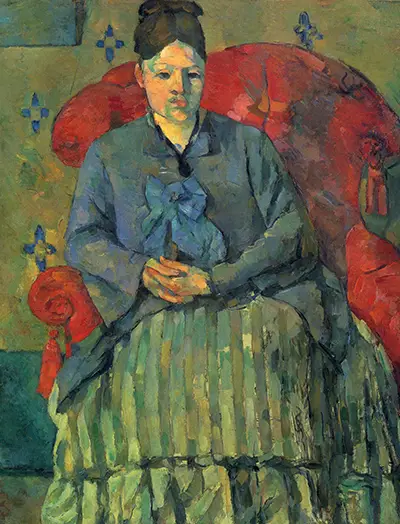
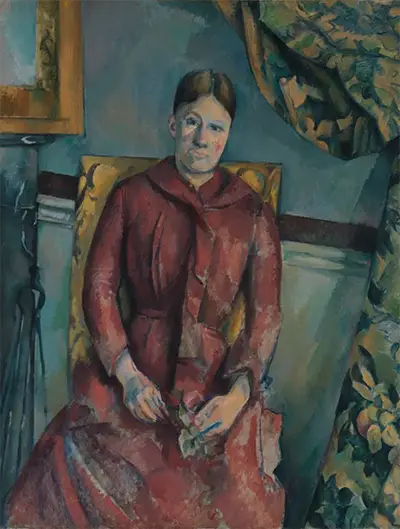
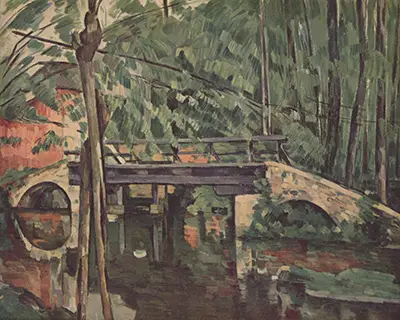
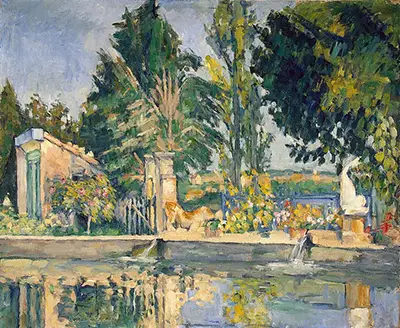
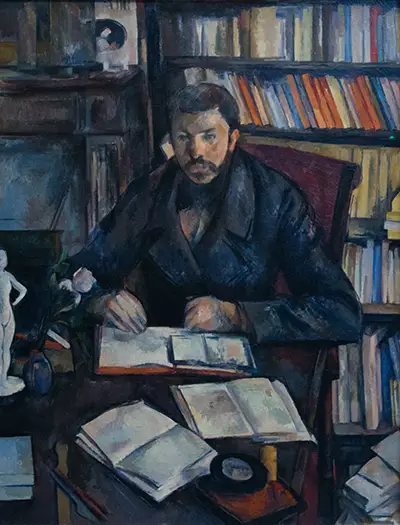
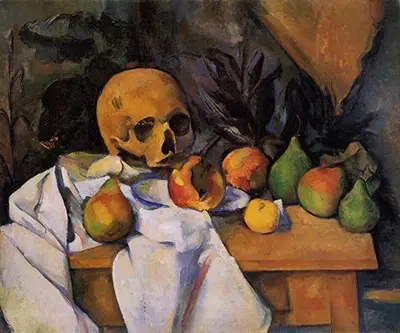
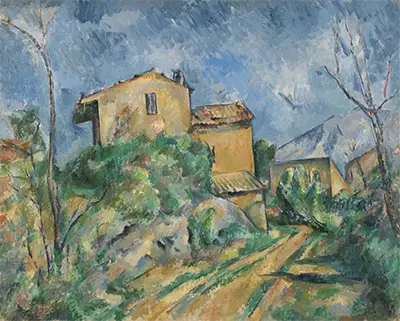
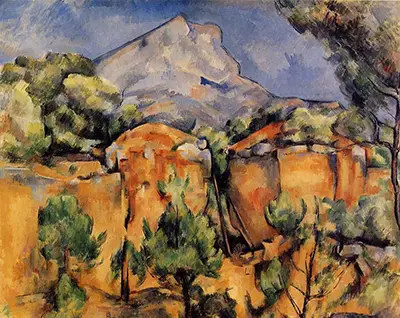
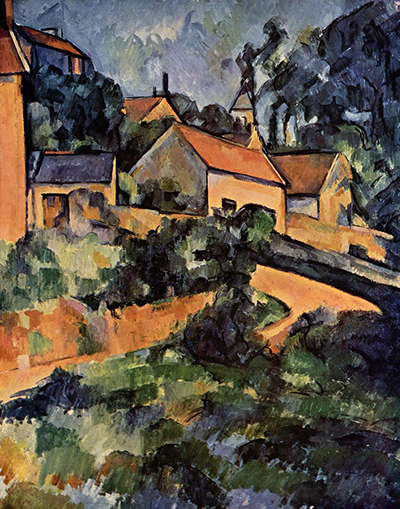
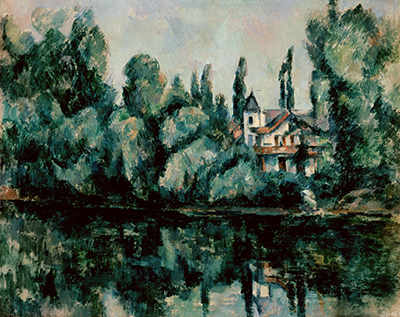
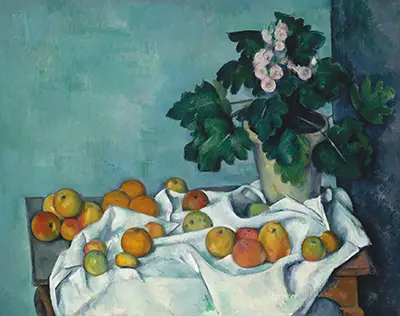
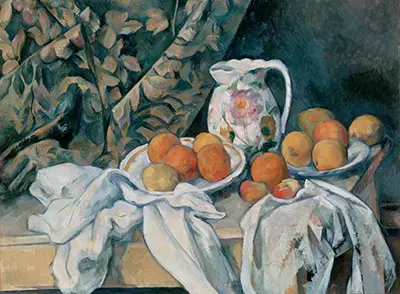
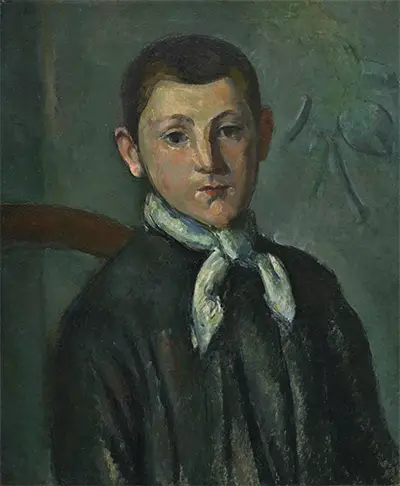
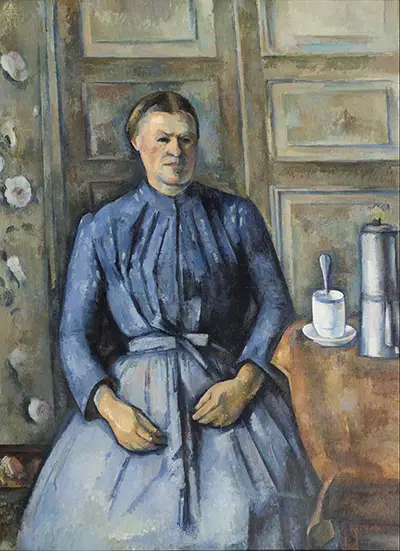
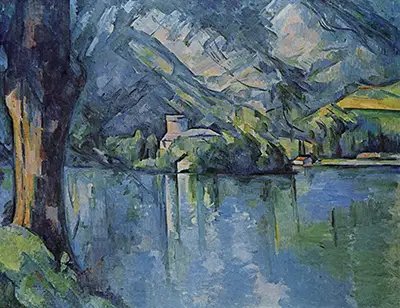
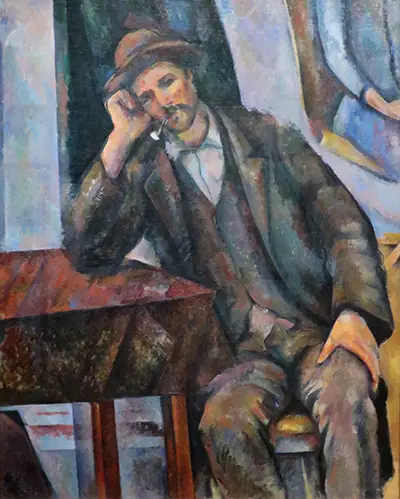
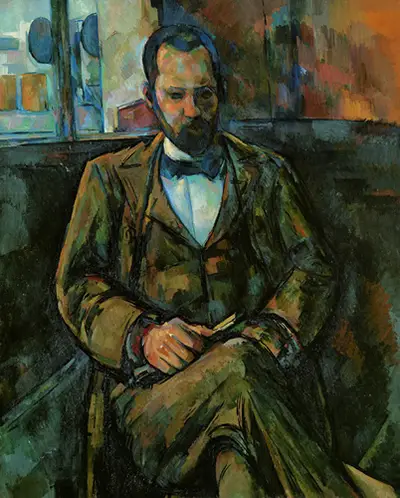
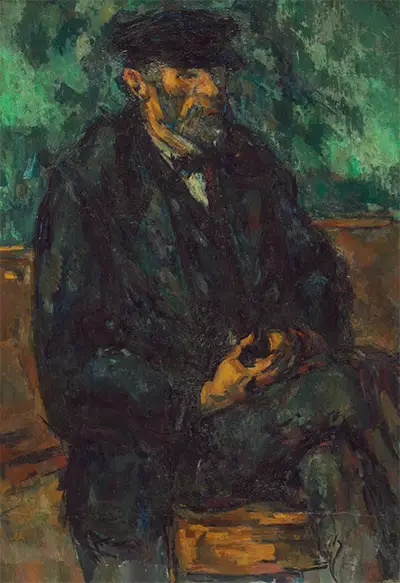
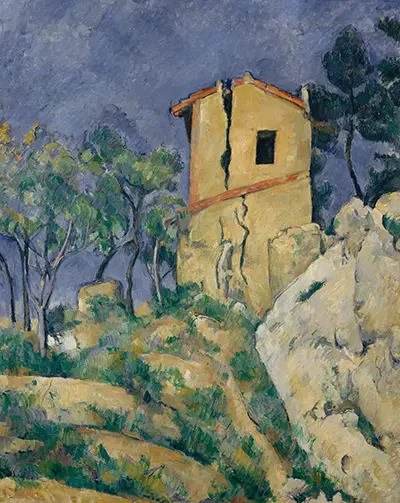
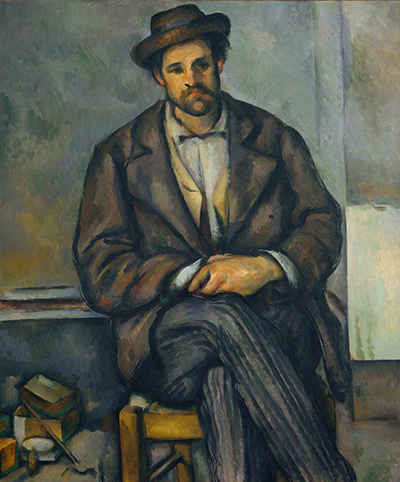
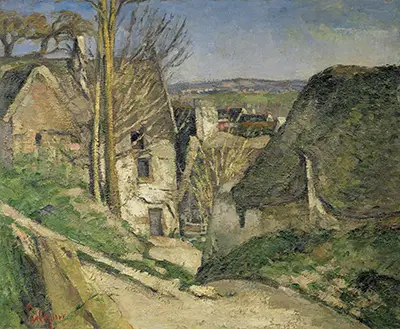
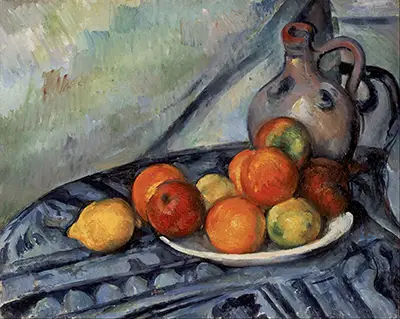
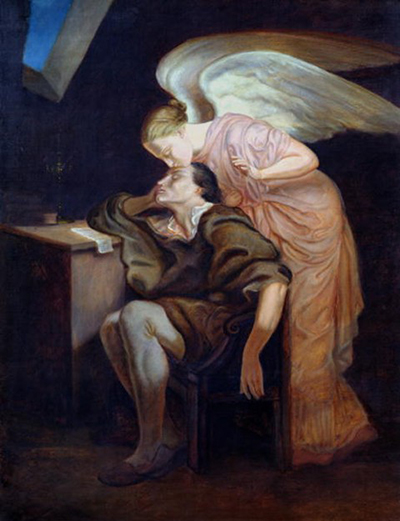
 Paul Cezanne.jpg)
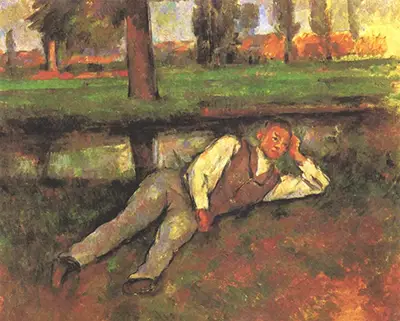
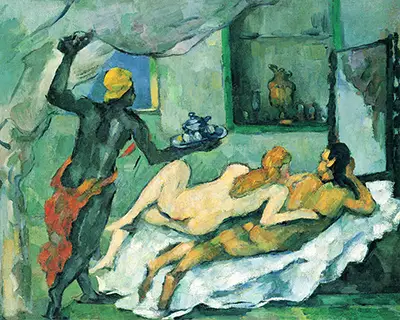
 Paul Cezanne.jpg)
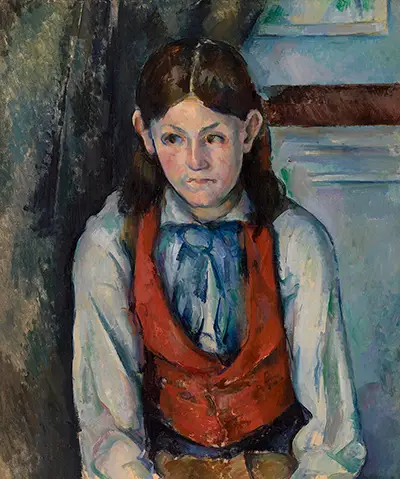
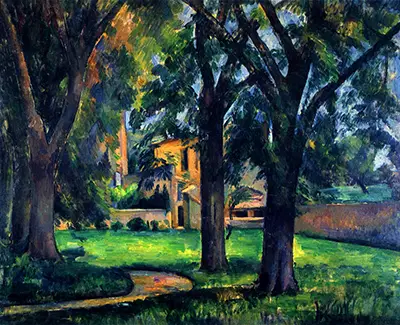
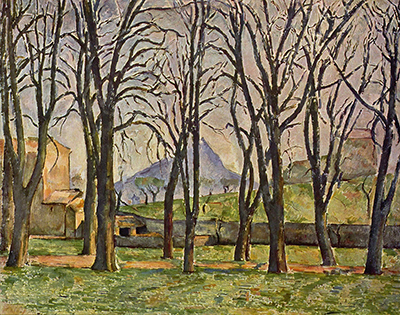
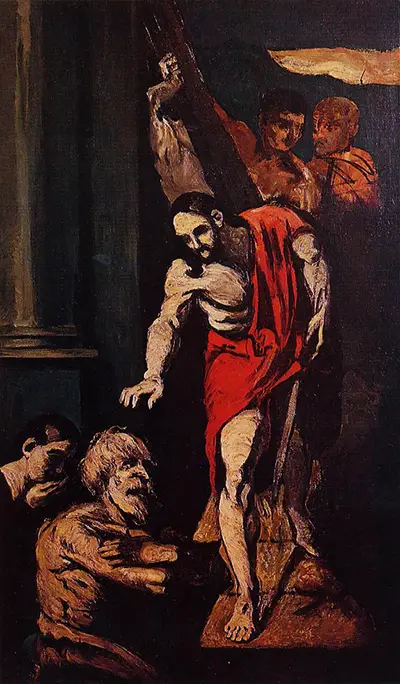
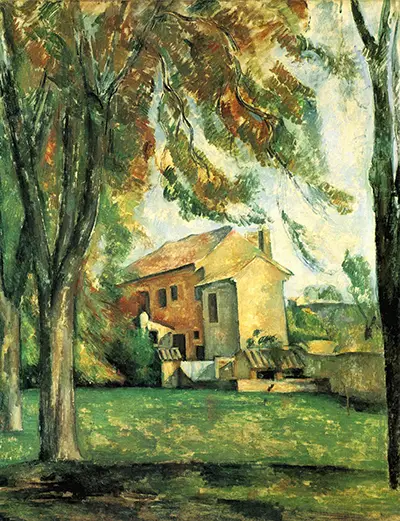
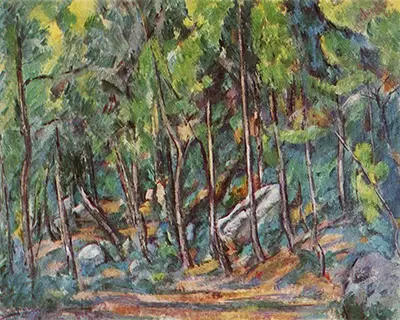
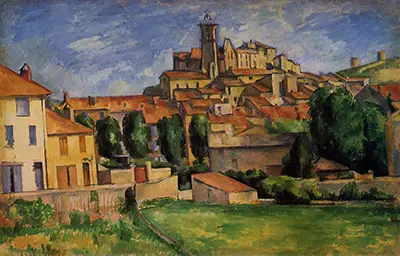
 Paul Cezanne.jpg)
 Paul Cezanne.jpg)
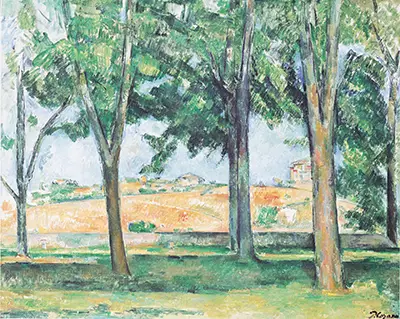
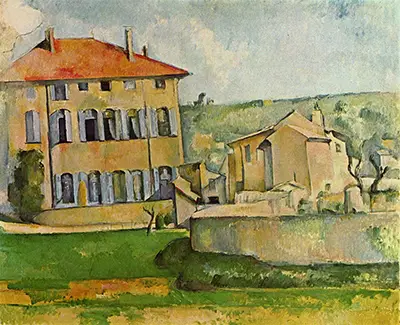
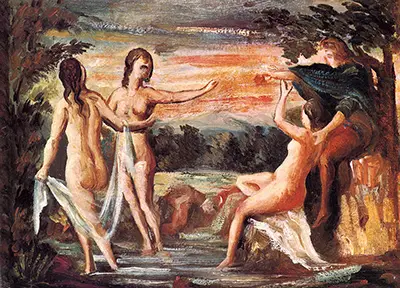
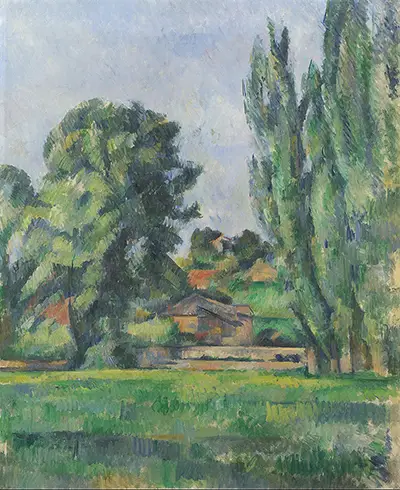
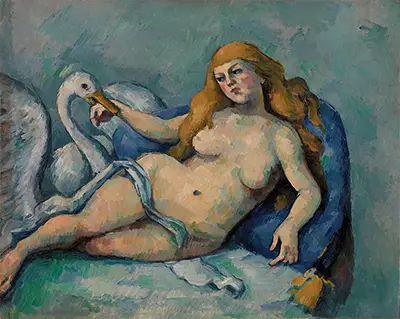
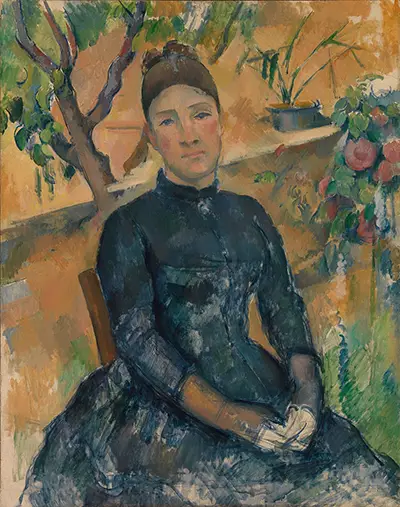
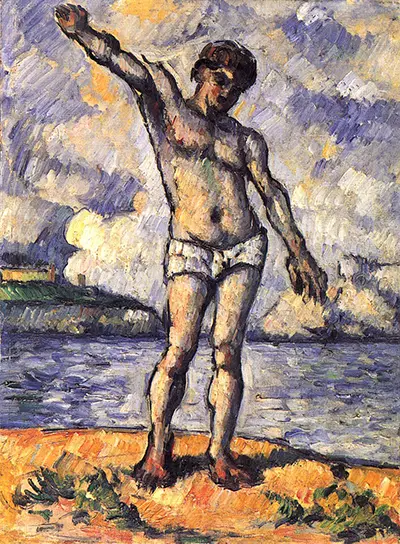
 Paul Cezanne.jpg)
 Paul Cezanne.jpg)
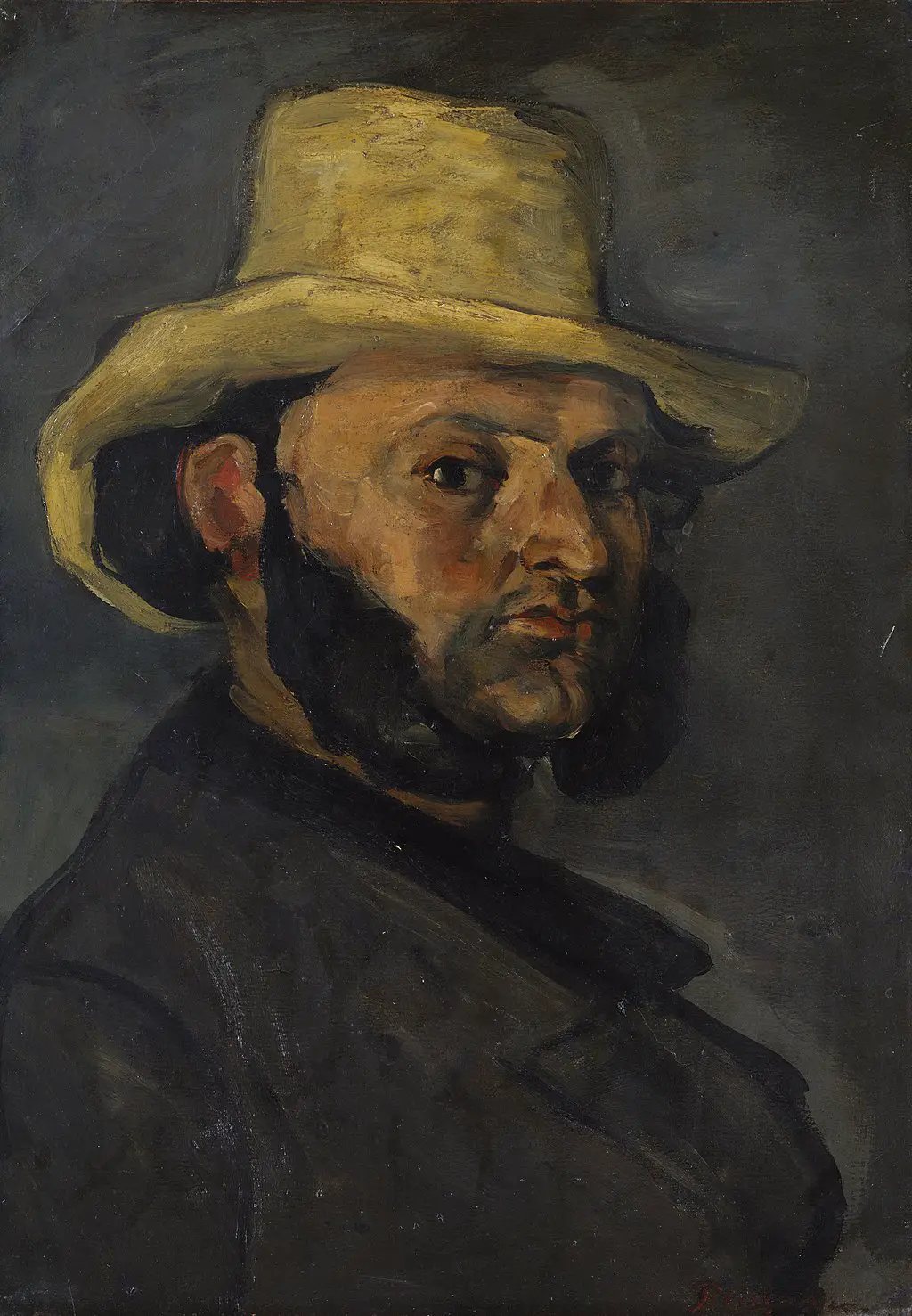
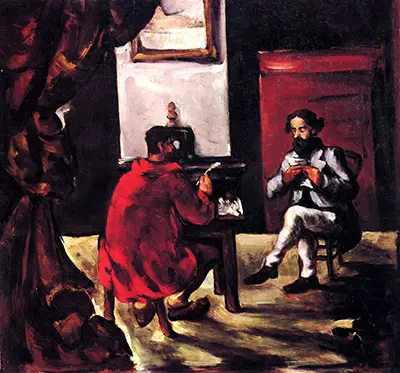
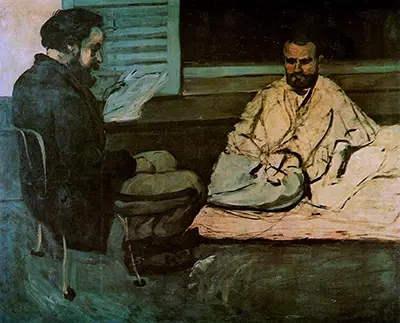
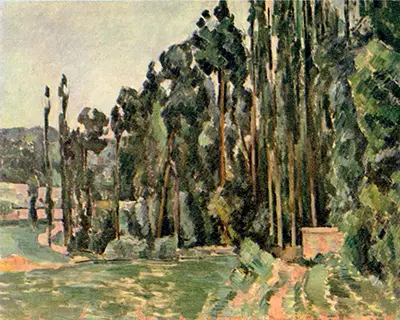
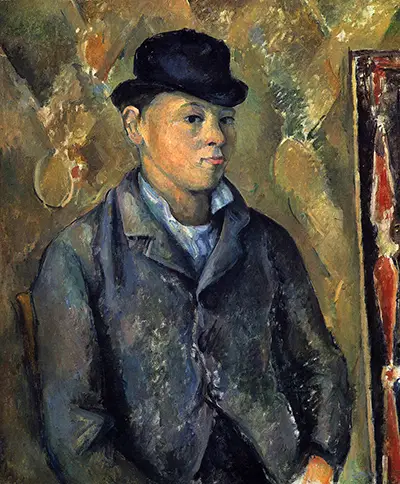
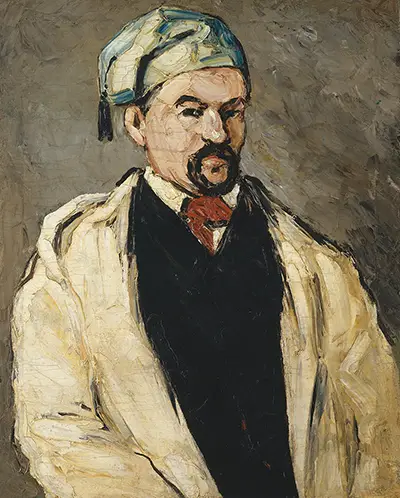
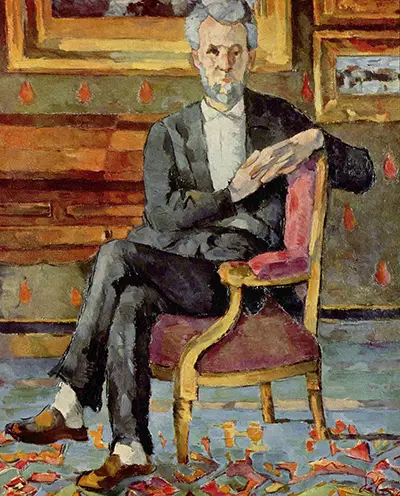
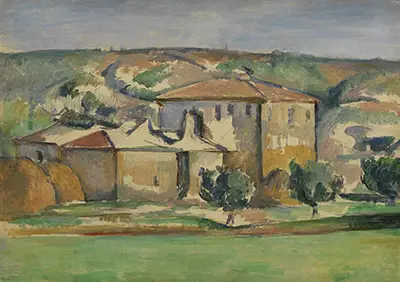
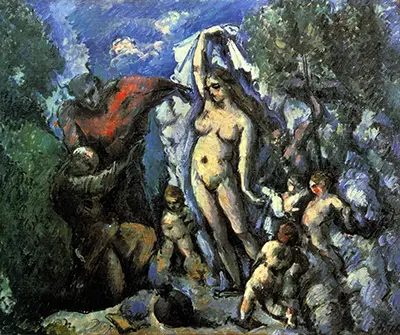
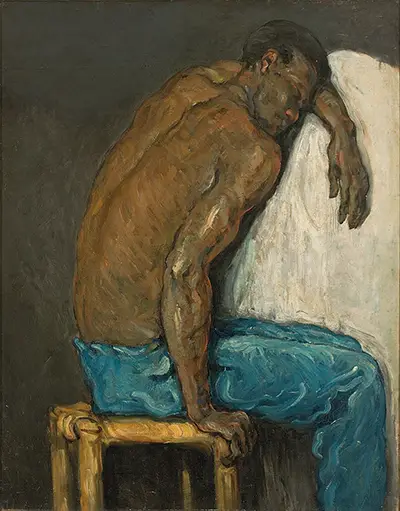
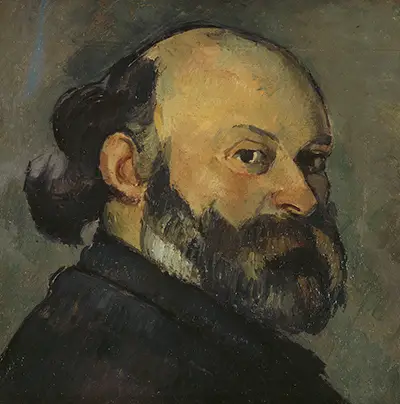
 Paul Cezanne.jpg)
 Paul Cezanne.jpg)
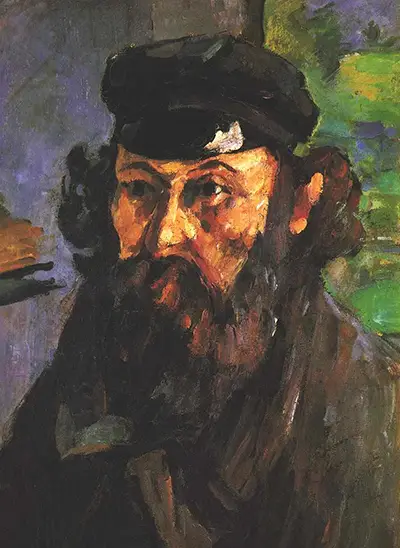
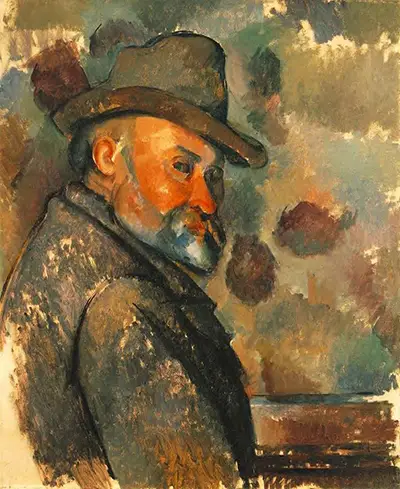
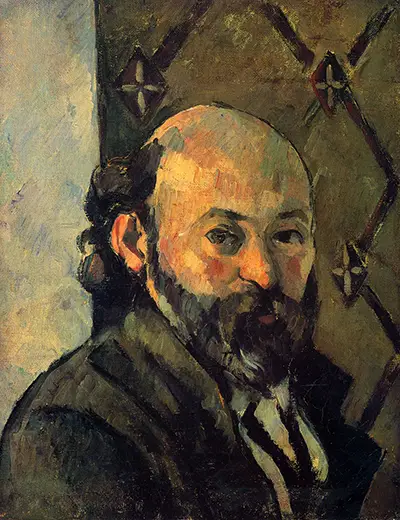
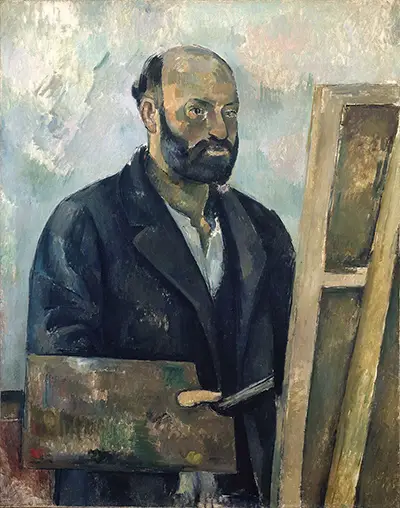
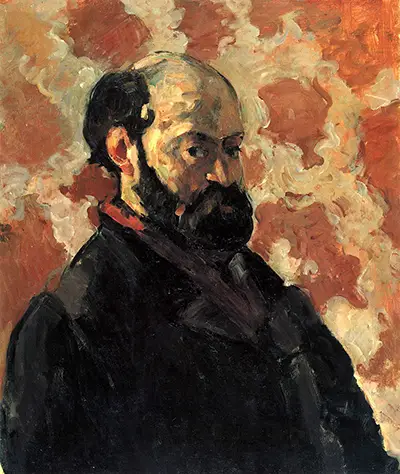
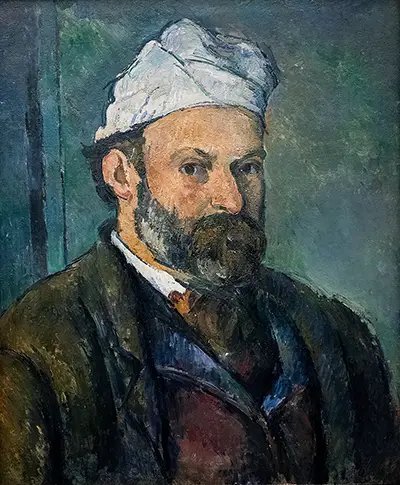
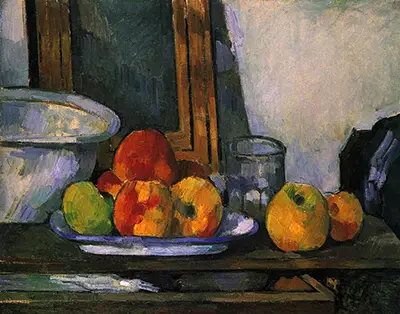
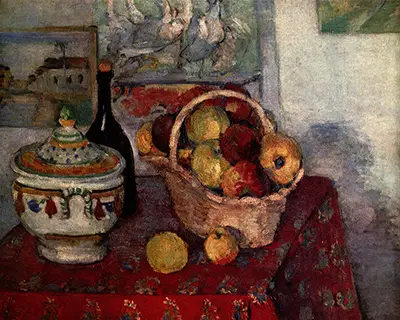
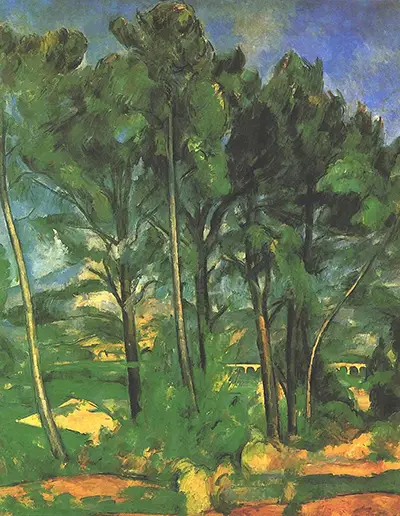
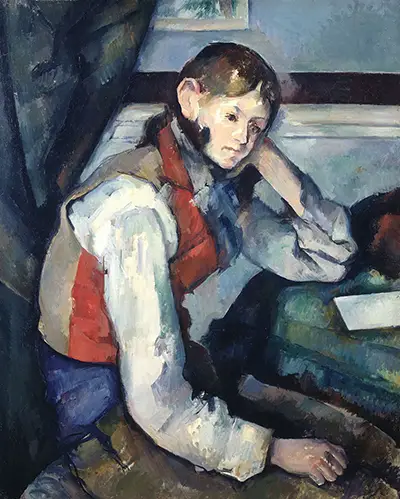
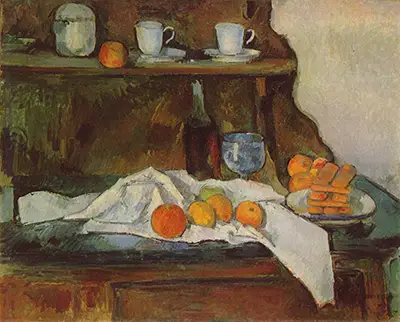
 Paul Cezanne.jpg)
 Metropolitan Museum of Art Paul Cezanne.jpg)
 Qatar Paul Cezanne.jpg)
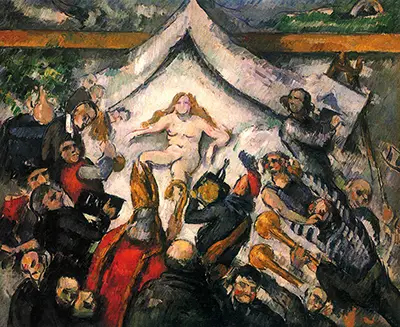
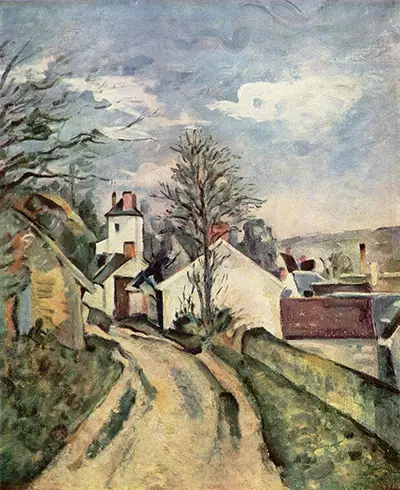
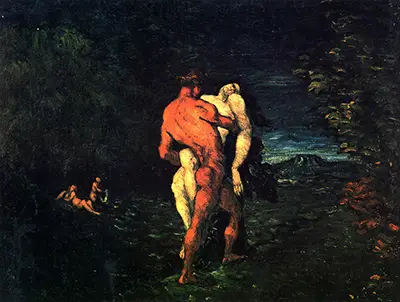
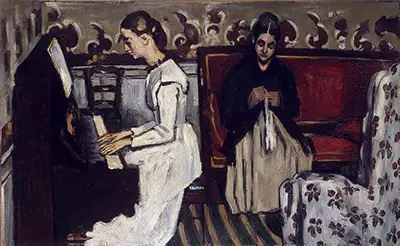
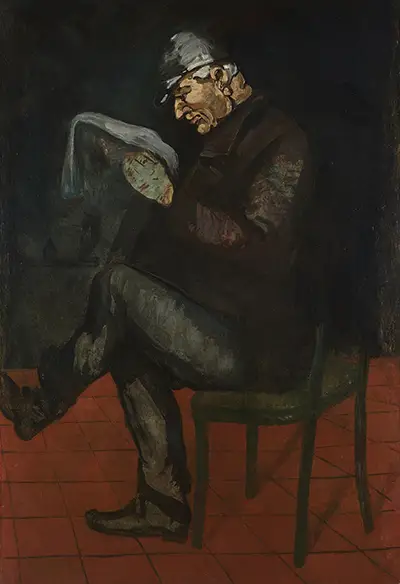
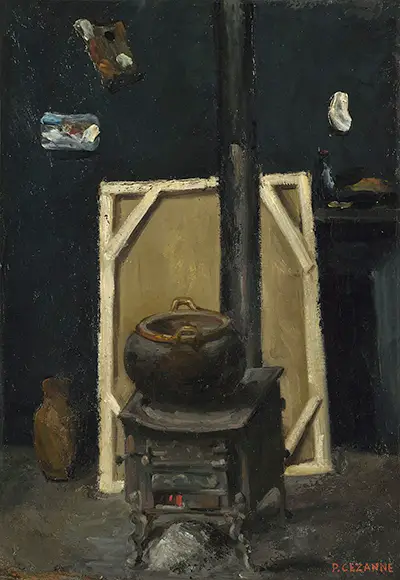
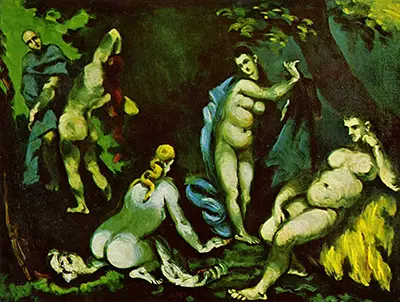
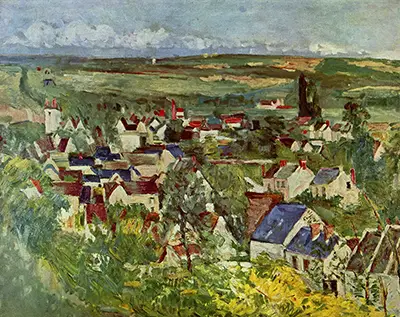
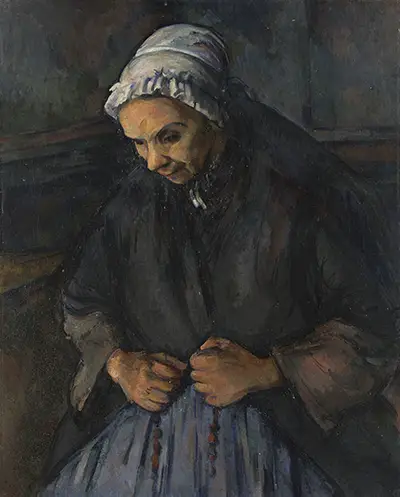
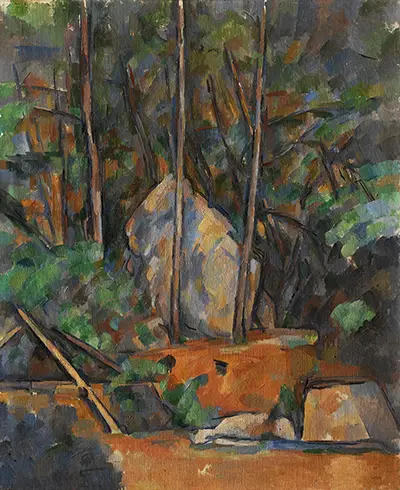
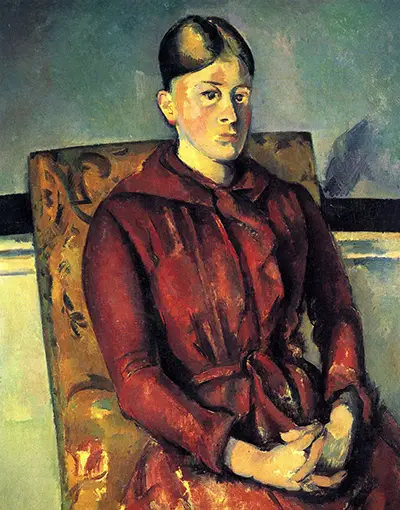
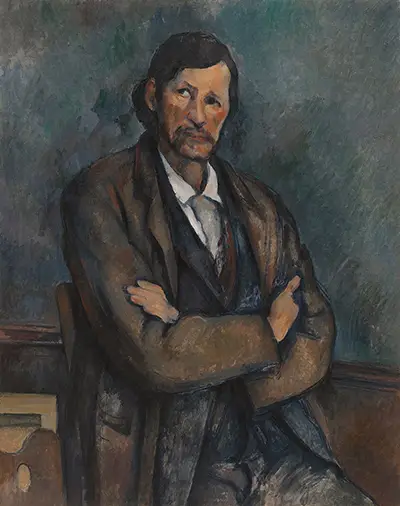
 Paul Cezanne.jpg)
